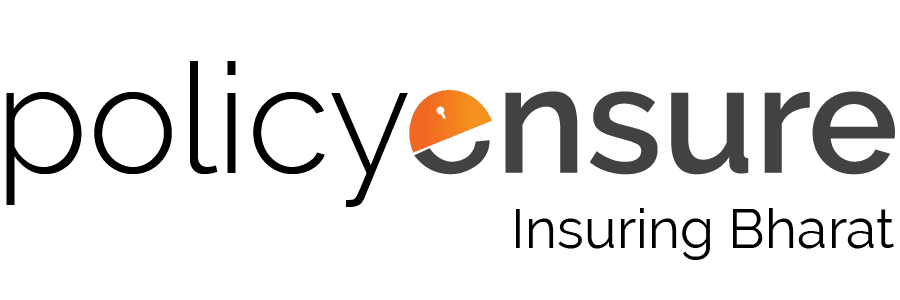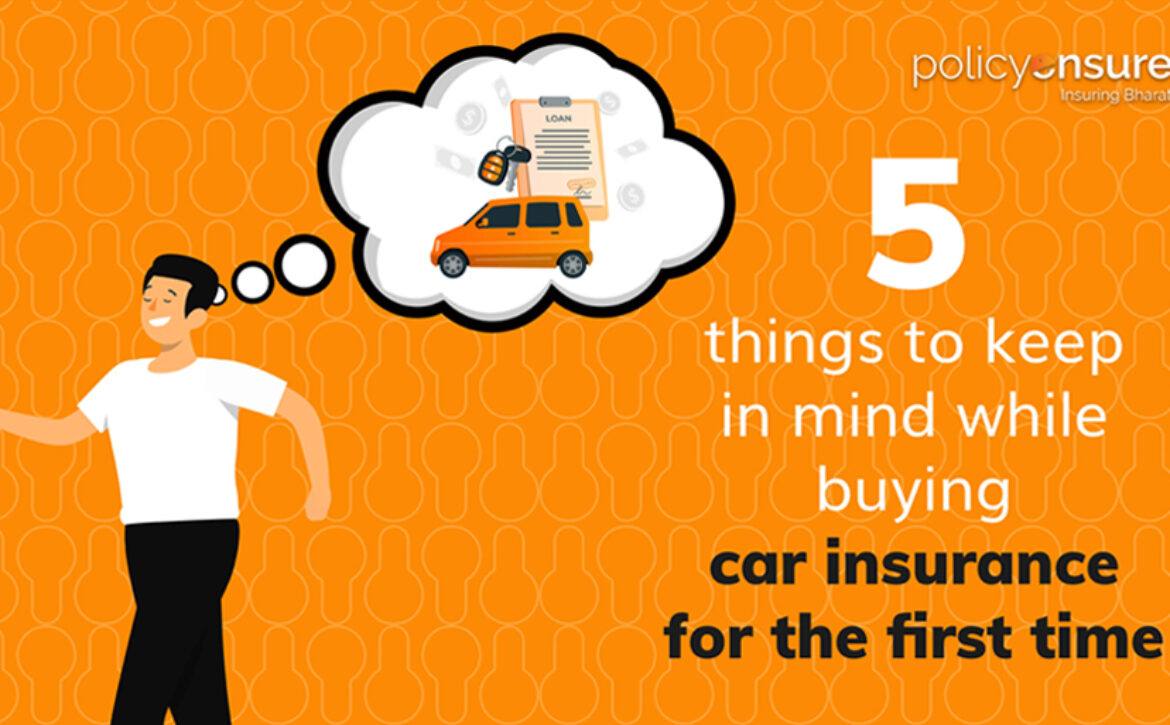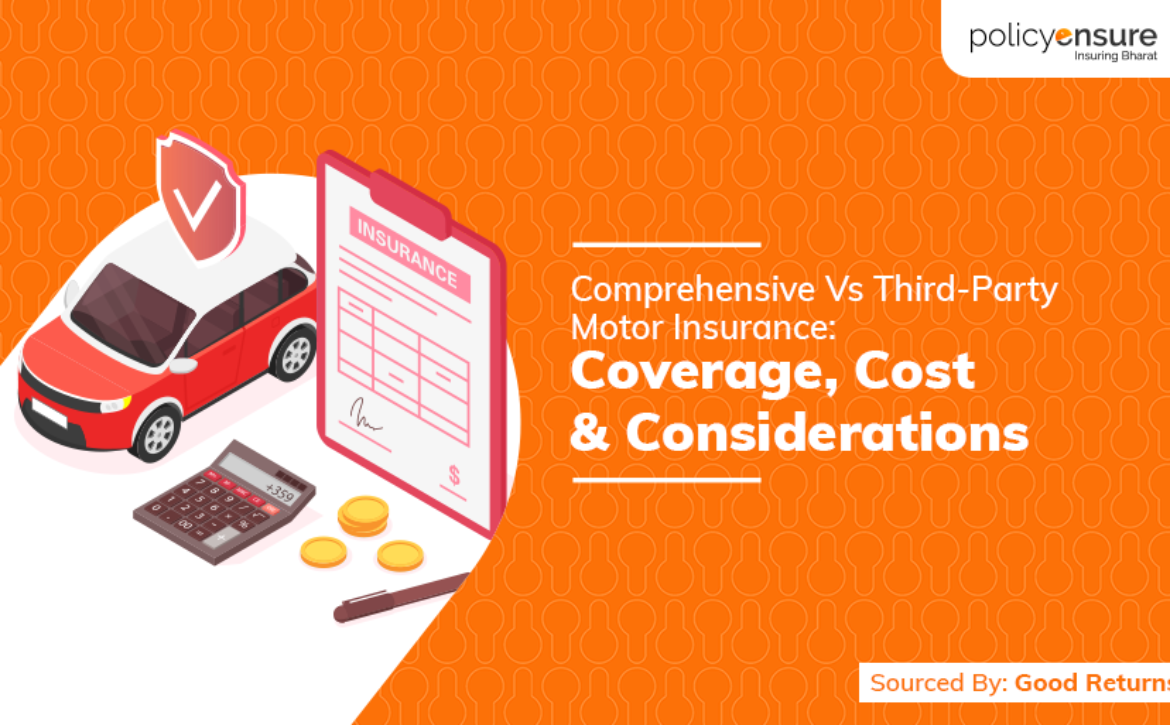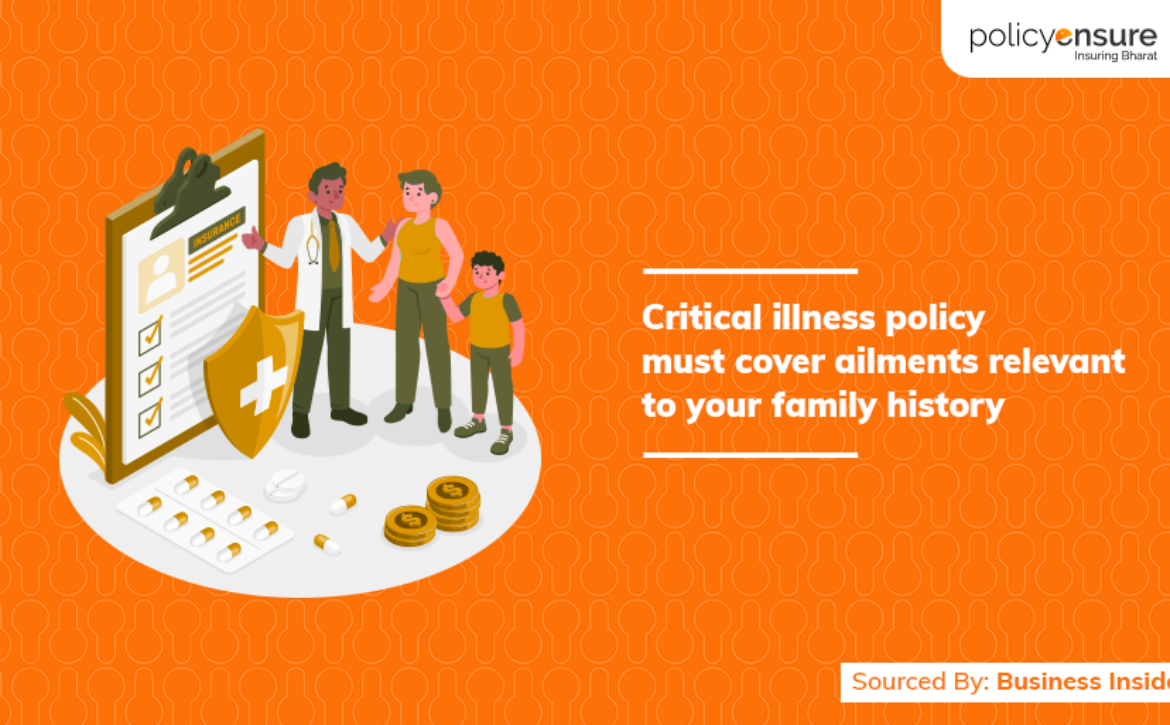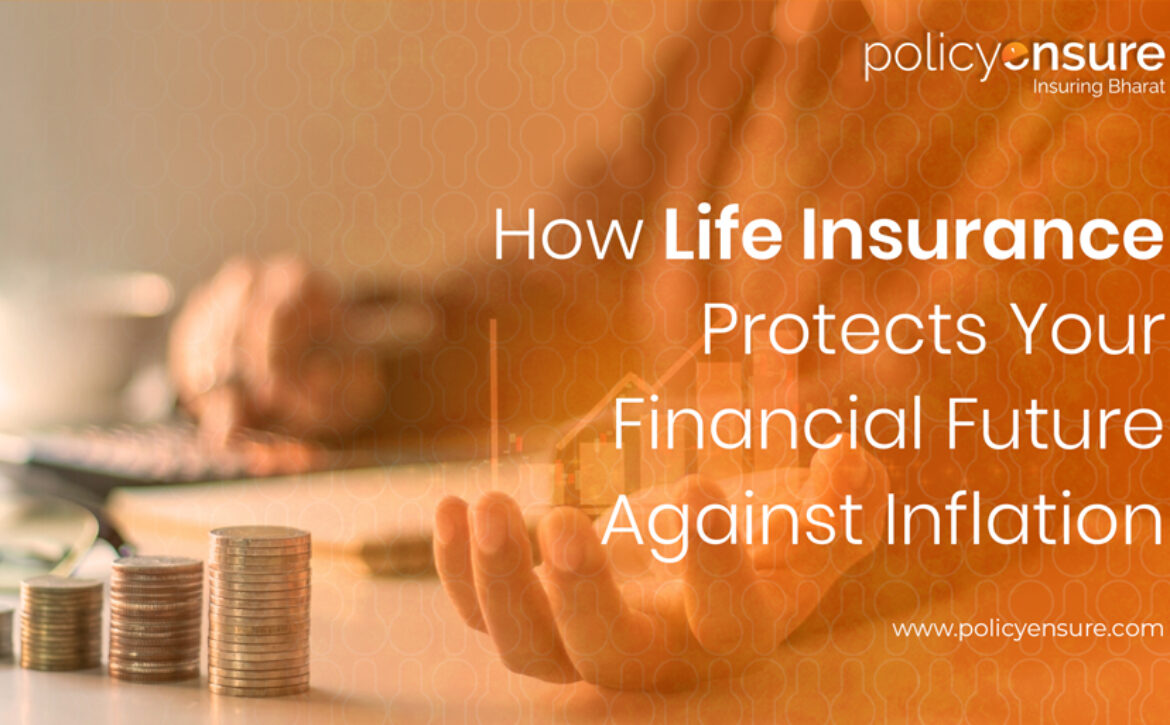Five things to keep in mind while buying car insurance for the first time
The idea of owning a car evokes emotions like no other. It gives us a sense of freedom and endless possibilities that lay open—something that has often been romanticized in movies and novels. You too would have imagined yourself going on those picturesque drives, turning up the music, and driving off into the sunset. But while you plan to embark on great adventures, car ownership comes with great financial responsibility, making car insurance a crucial component.
As a responsible car owner, buying appropriate car insurance is not only a legal obligation but also a critical step in safeguarding your valuable assets and protecting your financial future by ensuring against financial security. And yet, car insurance is often perceived as a mere formality, with many car owners buying it without much thought. That’s largely due to the vast array of insurance providers and policy options that make selecting the right car insurance an uphill battle. To simplify this arduous task and assist you in making an informed decision, here’s a look at five key factors one must consider when purchasing car insurance for the first time:
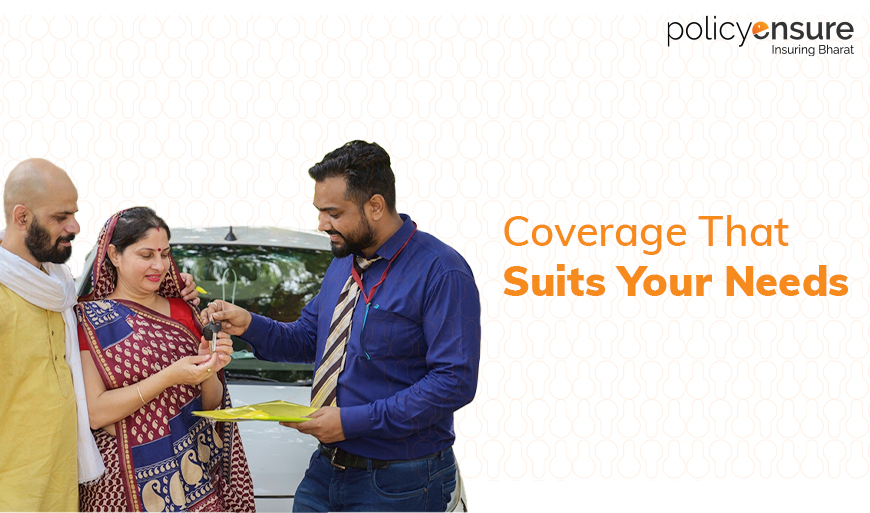
Coverage That Suits Your Needs
One of the most vital considerations when buying car and motor insurance is the kind of coverage it offers. Most of the policies available on the market generally include two primary types of coverage: third-party liability and comprehensive coverage. Third-party liability insurance provides coverage for damages one might cause to someone else’s property or injuries to others in the event of an accident. When it comes to comprehensive coverage, it safeguards the insured by covering third-party liability and also covering damages to their vehicle due to accidents, theft, vandalism, and natural disasters (as per the policy). Thus, by factoring in your requirements, driving habits, and the value of your car, you can narrow down the best-suited coverage option.
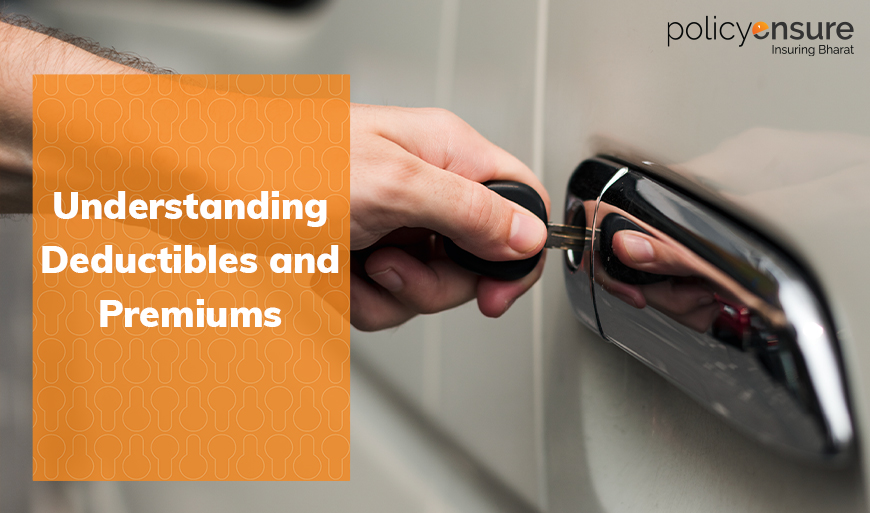
Understanding Deductibles and Premiums
Having decided on the coverage option, the next crucial aspect of buying car insurance involves contemplating the deductible and premium structure. Since the deductible denotes the amount that one is subjected to paying out of their own pocket before their insurance coverage comes into effect, it can have a significant impact on the premium amount. For instance, opting for a higher deductible can lower your premium, but it will increase your immediate expenses in the event of a claim. On the other hand, a lower deductible will lead to a higher premium, but it can relatively reduce the financial burden at the time of a claim. Hence, you must analyze your financial capabilities to pay the deductible and choose a balance that is in sync with your budget and risk tolerance.
Extend the Scope of Your Policy with Add-On Covers
Regardless of the insurance provider one opts for, understanding the add-on coverage offered by them can serve as a platform for extending the scope of your policy. Today, modern-day insurers offer various add-on covers that could include zero depreciation covers, engine protection, and roadside assistance, among others. Though these add-ons do increase your premium, they adequately make up for it by providing extra protection that can prove valuable in dire situations. Given your driving pattern and the condition of the vehicle, you can specifically opt for the add-ons that would be beneficial for you. When purchasing car insurance for the first time, tailoring your policy with relevant add-ons can help enhance the coverage that suits your specific needs.
Evaluate the Insured Declared Value (IDV)
Determined by the current market value of your car, the Insured Declared Value refers to the maximum amount the insured can claim in case of a total loss or theft of your vehicle. Since a higher IDV leads to a higher premium and vice versa, it is essential to choose an appropriate IDV that accurately reflects your car’s true value to avoid underinsurance or overinsurance scenarios that can have serious consequences during the claims process. That’s why you must consult with the insurance provider or use online tools to determine the appropriate IDV for your vehicle. This key consideration will enable you to receive fair compensation in the event of a significant loss and help you avoid financial setbacks.
Compare Quotes and Read the Fine Print
After you’ve spent countless hours contemplating the aforementioned points, the last and definitely not the least consideration should be given to comparing multiple quotes from insurance providers and reading their fine print. Just like other things, you must not settle for the first insurance policy that comes your way. Making use of credible online tools, one must take the time to compare the quotes from different insurance firms and look beyond just the price, considering the coverage, deductibles, and additional benefits offered in each policy. Once you’ve chosen the policy, factoring in all key elements, don’t forget to read the policy documents before making the purchase. After going through all the terms, conditions, and clauses mentioned in the policy, you should not hesitate to seek clarification from the insurer in case of any doubts.
Afterword
Arguably one of the most underrated components of car ownership, purchasing car insurance demands thoughtful consideration and a thorough understanding of an individual’s requirements. The right policy should not only comply with legal obligations but also provide adequate coverage for your specific needs. By taking into consideration key factors such as coverage options, deductibles, premiums, add-on covers, and the Insured Declared value, one can make an informed decision that helps in attaining both peace of mind and financial security. When buying car insurance for the first time, remember to compare policy quotes from multiple insurers and read the fine print diligently before making the payment. Bolstered by this knowledge, you can efficiently navigate the confusing technicalities of car insurance to procure a policy that safeguards you against unforeseen risks while driving on the road.
